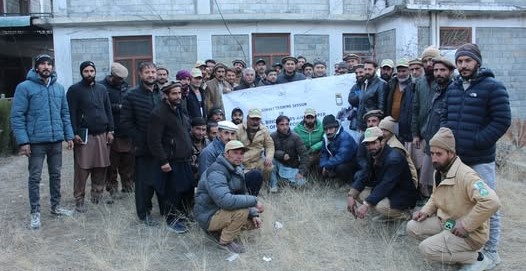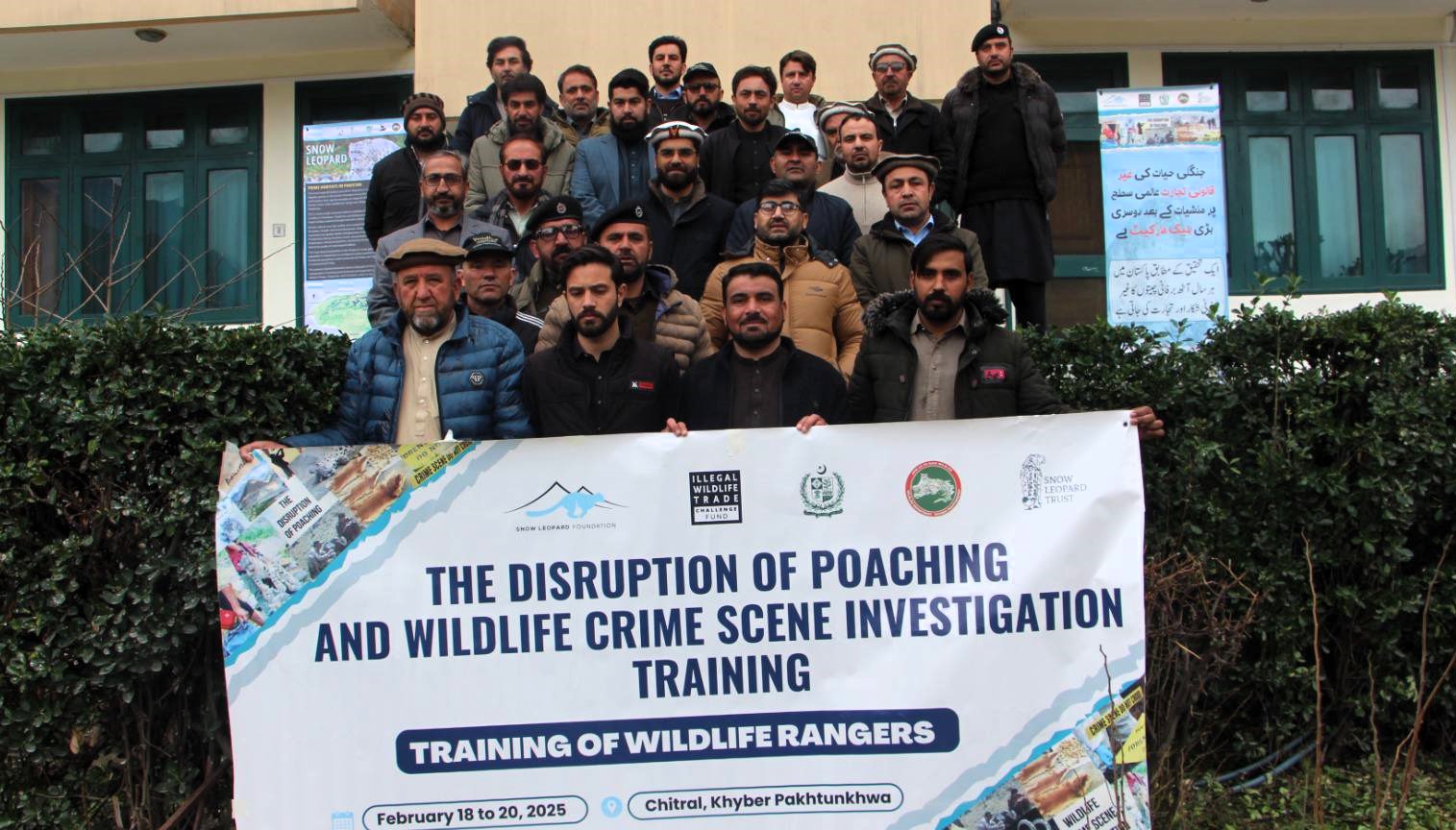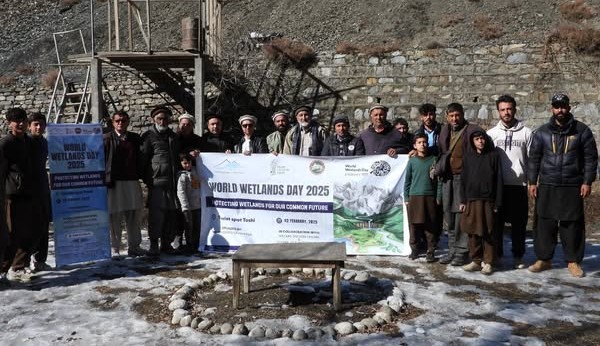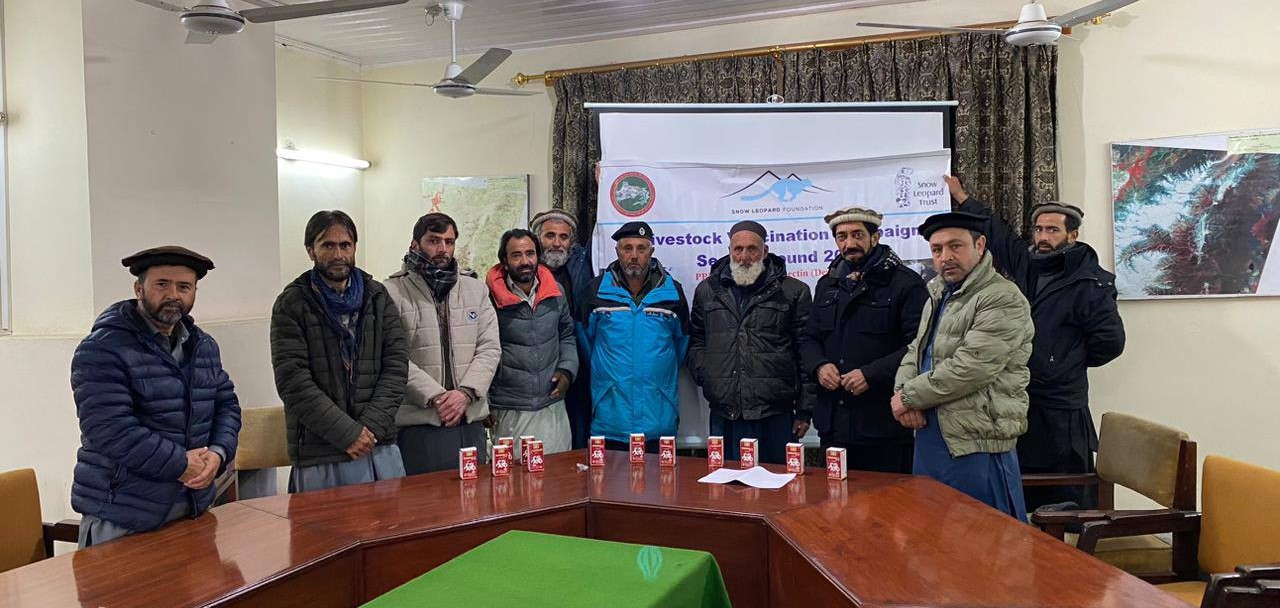Gilgit – Accurately estimating wildlife populations is a critical task for conservation efforts, but it comes with unique challenges. Wildlife often inhabit remote, rugged, and climatically harsh areas, making population surveys difficult. While modern tools like GPS devices, binoculars, spotting scopes, range finders, and drone cameras can assist in this process, they are only effective when used by trained and dedicated professionals.
Recognizing the importance of combining advanced technology with skilled personnel, Dr. Hussain Ali, head of the Snow Leopard Foundation (SLF) in Gilgit-Baltistan, recently conducted a training session for around 50 staff members from the Parks and Wildlife Department. The training focused on the Double Observer Survey Method, a scientifically robust technique for estimating wildlife populations, as well as the proper use of modern tools such as GPS, binoculars, spotting scopes, and range finders.
The Double Observer Survey Method involves two teams independently recording wildlife sightings in the same area. This approach helps reduce errors and increases the accuracy of population estimates. By mastering this method and learning to use advanced tools effectively, the trained staff will be better equipped to monitor wildlife populations, particularly wild ungulates like ibex and markhor, which are vital to the region’s ecosystem.
Dr. Hussain Ali emphasized the importance of skilled personnel in conservation efforts. “Modern tools are incredibly helpful, but they are only as effective as the people using them. Training our staff ensures that we can gather reliable data to inform conservation strategies and protect our wildlife,” he said.
The Parks and Wildlife Department of Gilgit-Baltistan plays a crucial role in safeguarding the region’s rich biodiversity. By combining advanced technology with the dedication of its staff, the department is taking significant steps toward ensuring accurate wildlife population estimates and effective conservation practices.
This initiative highlights the importance of collaboration between conservation organizations and government departments. With trained personnel and the right tools, Gilgit-Baltistan is better positioned to protect its unique wildlife and preserve its natural heritage for future generations.



